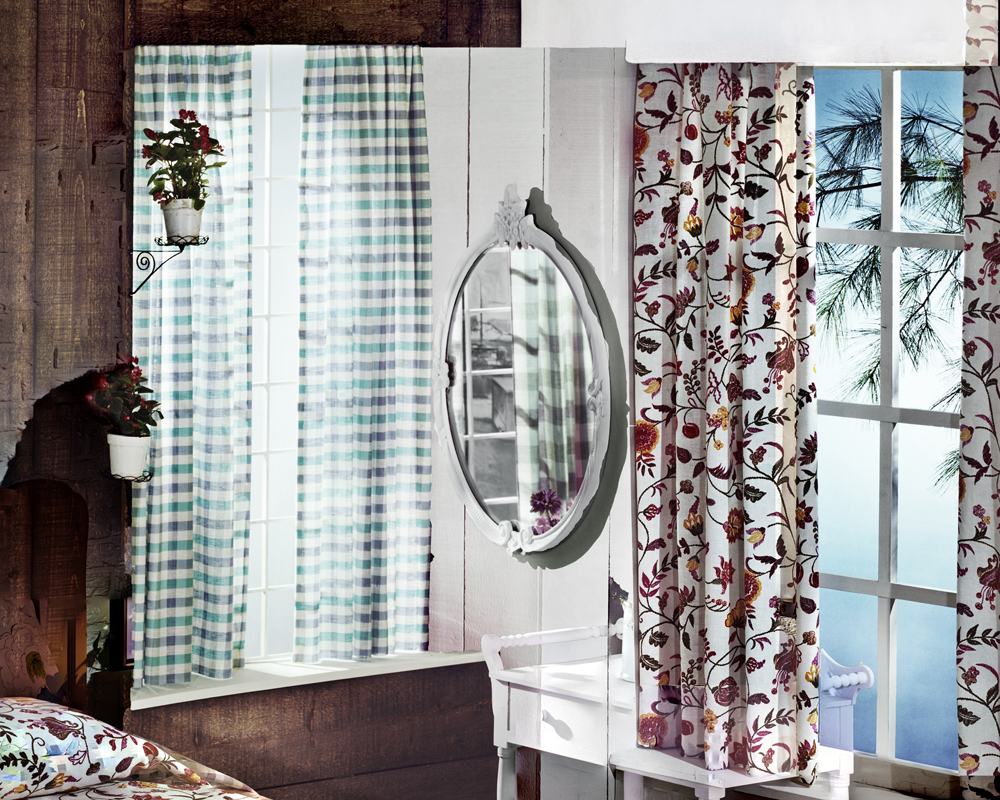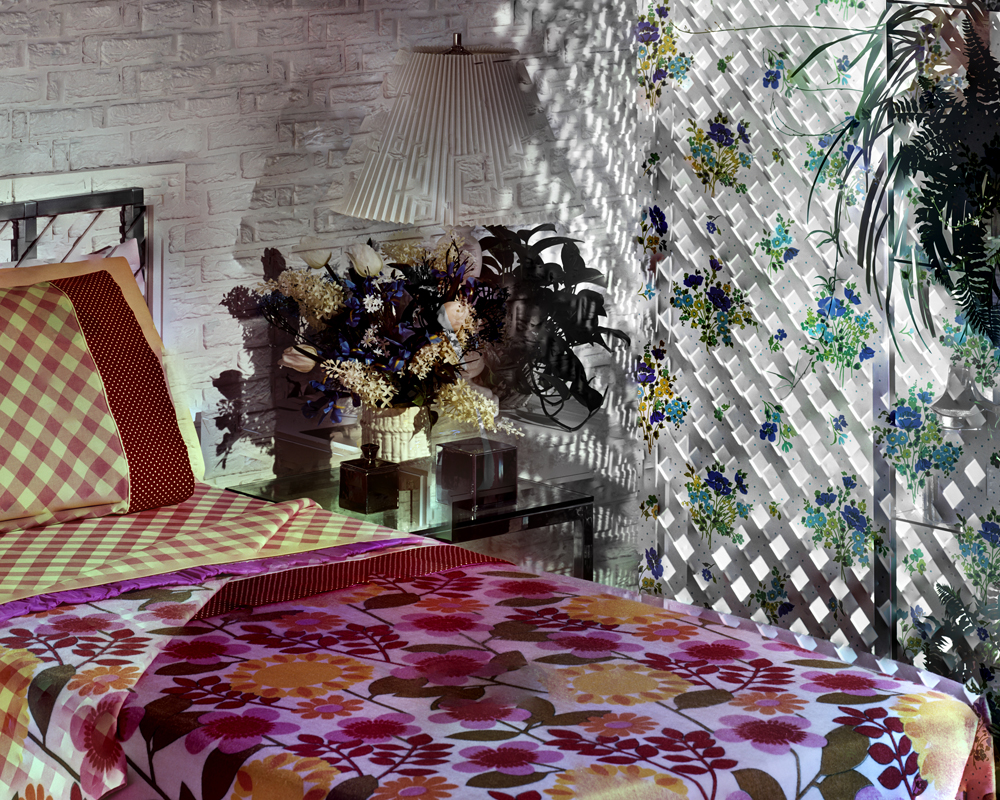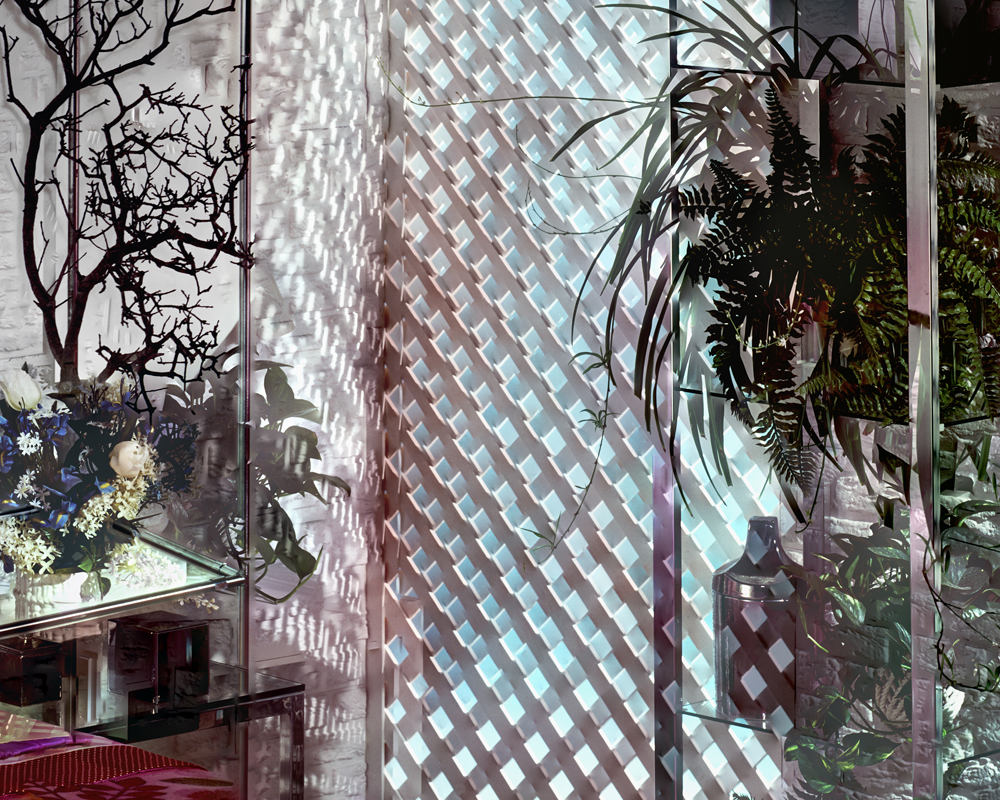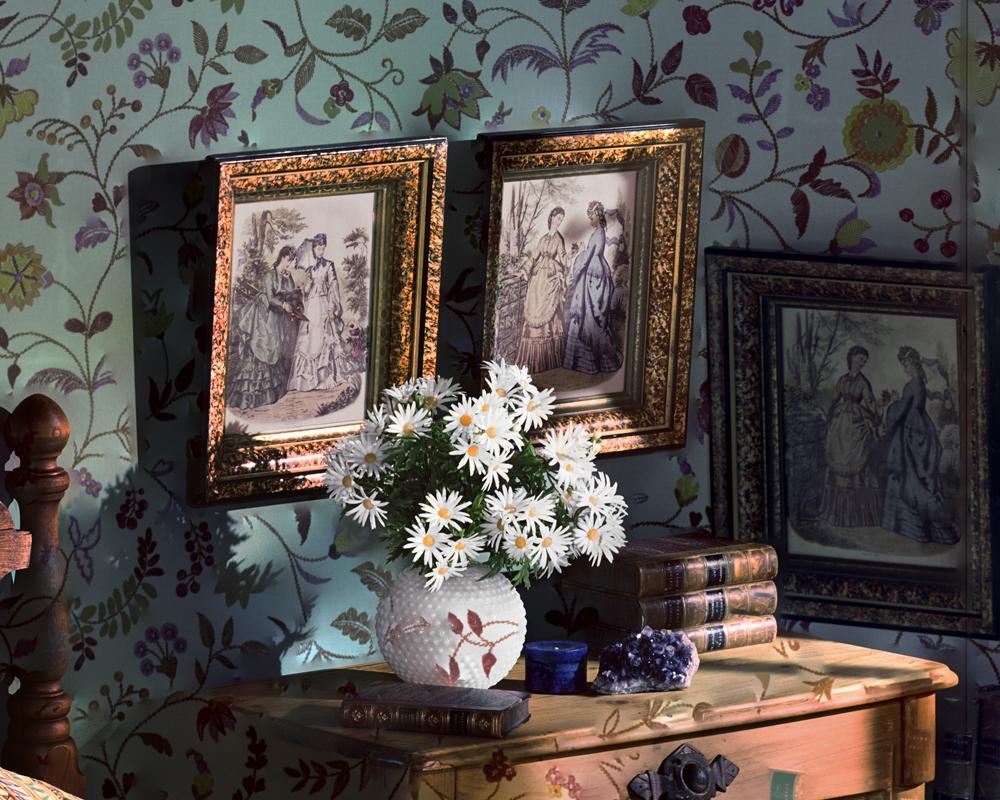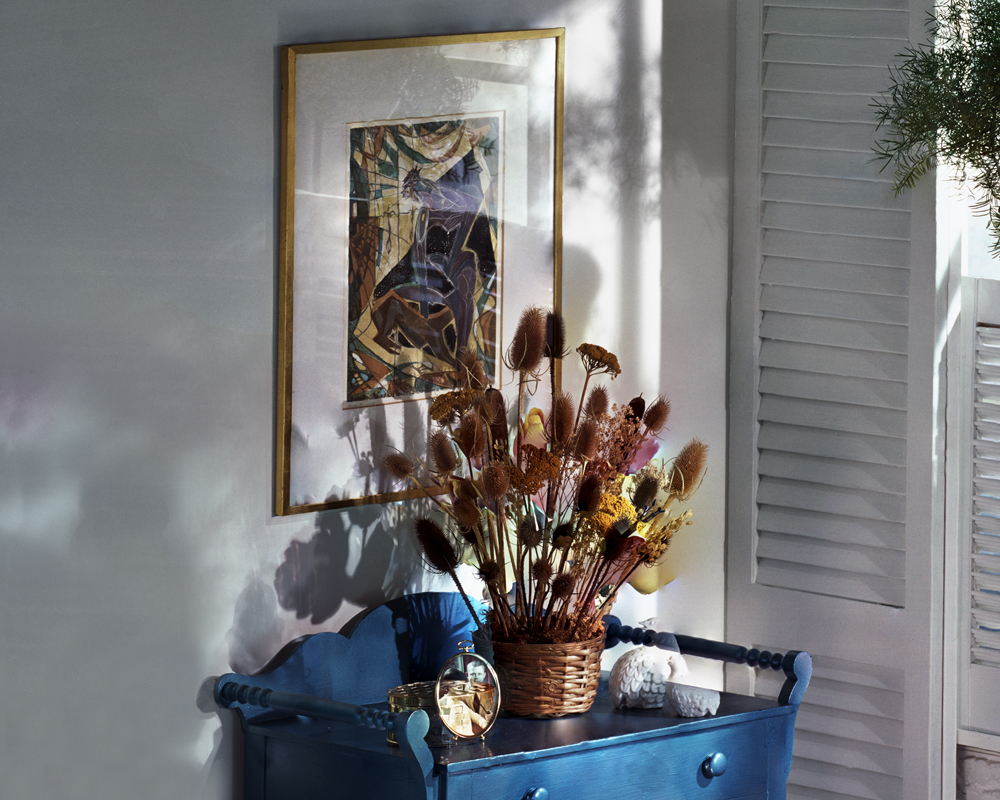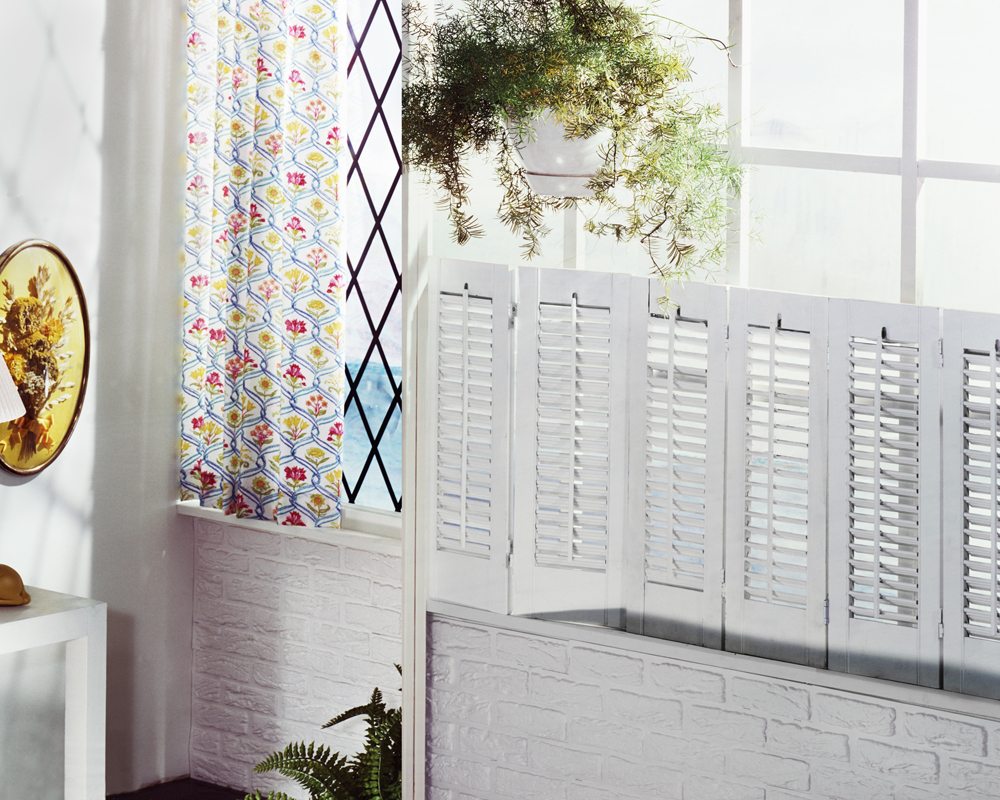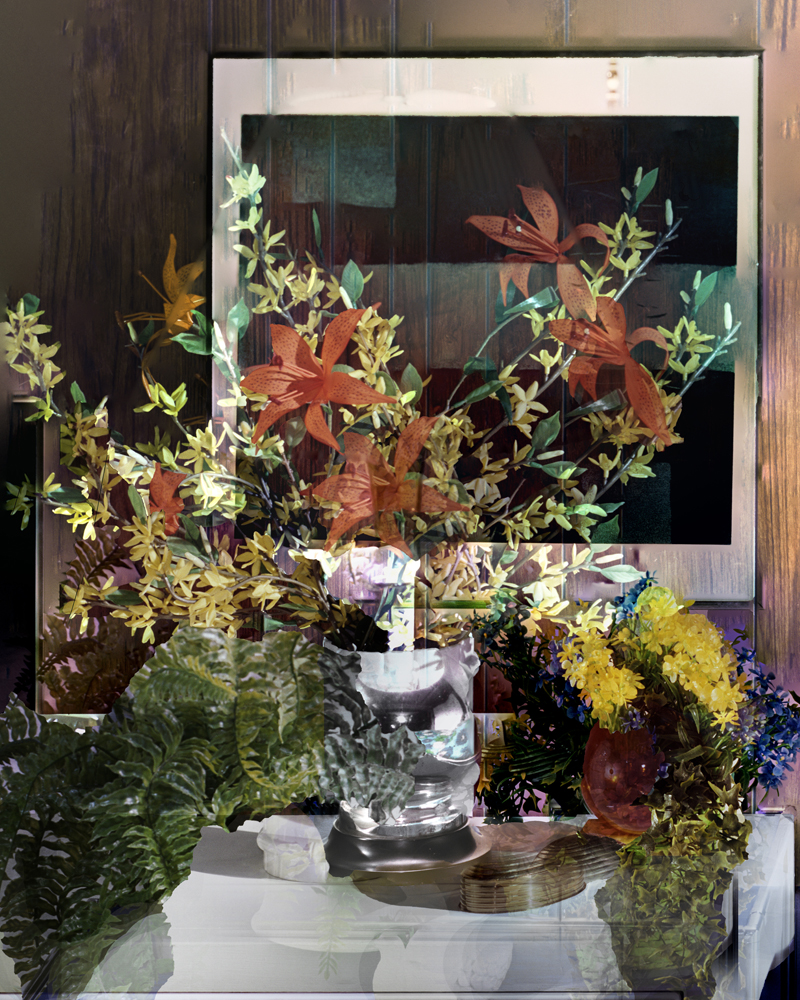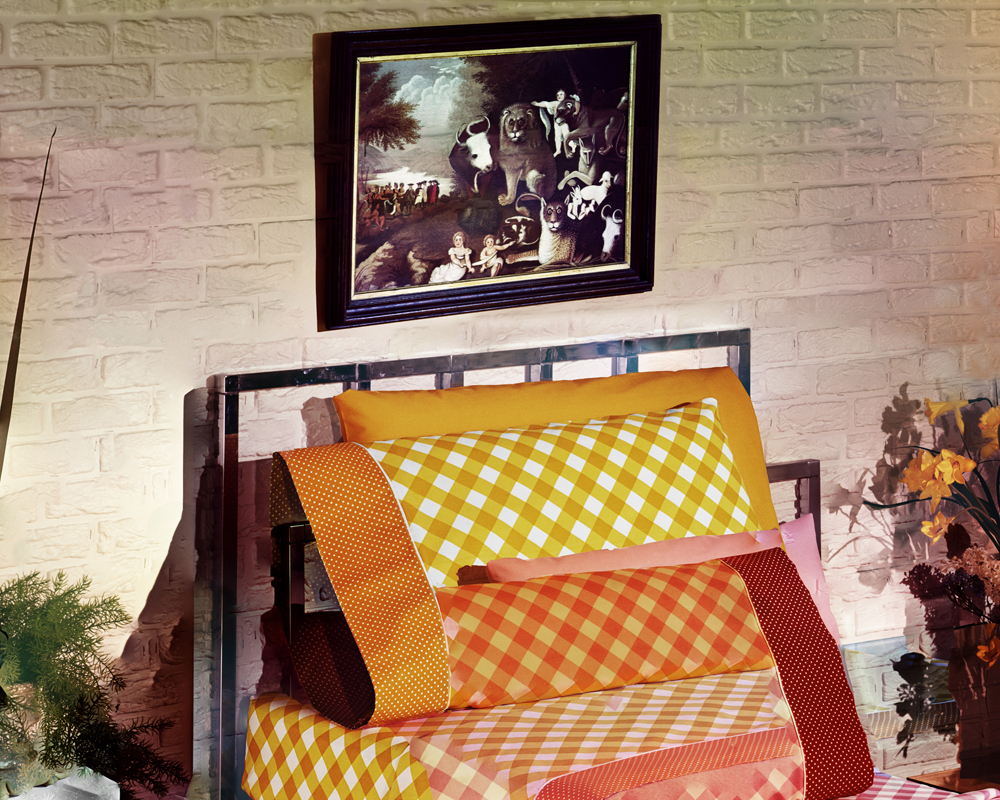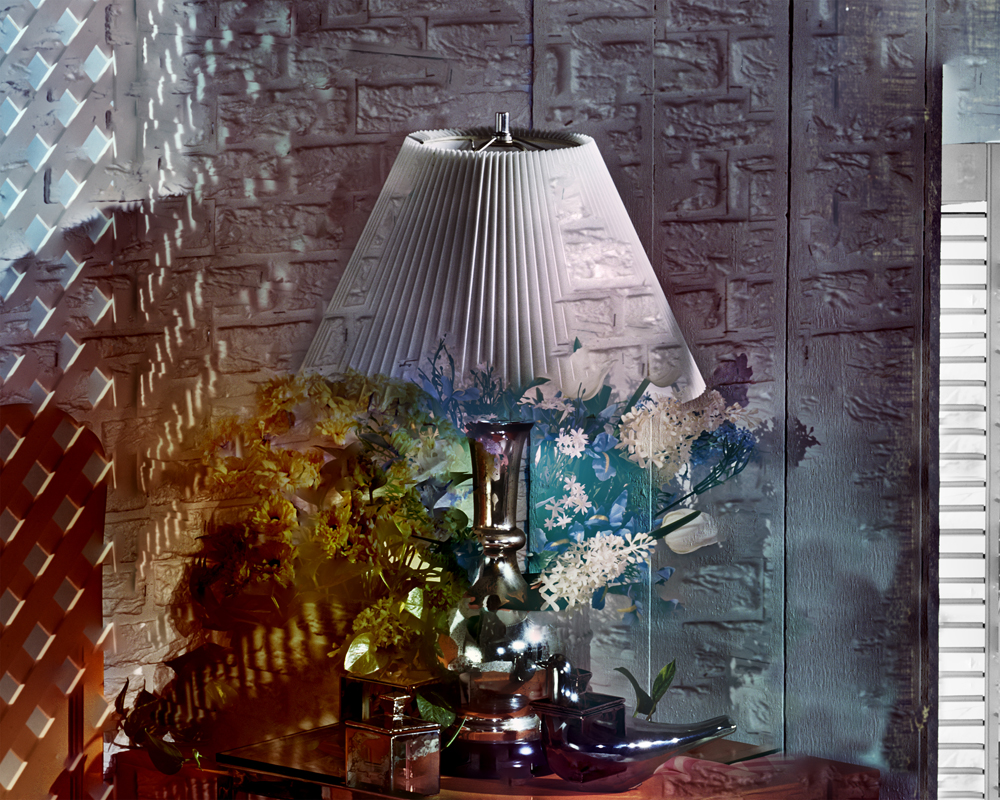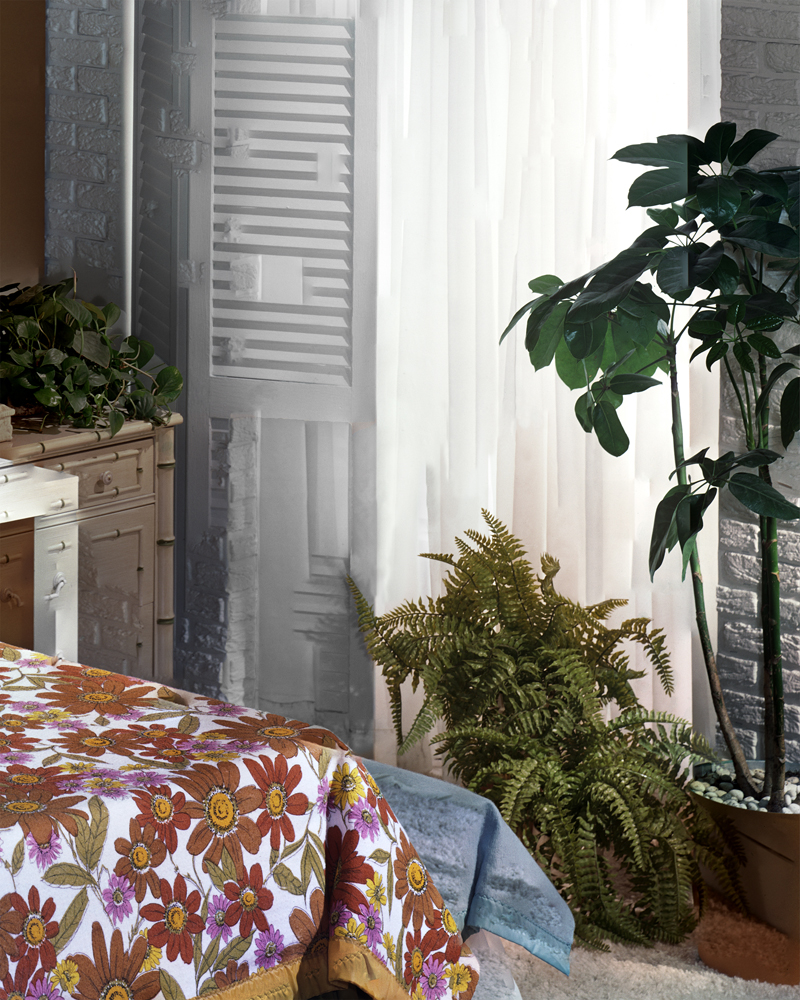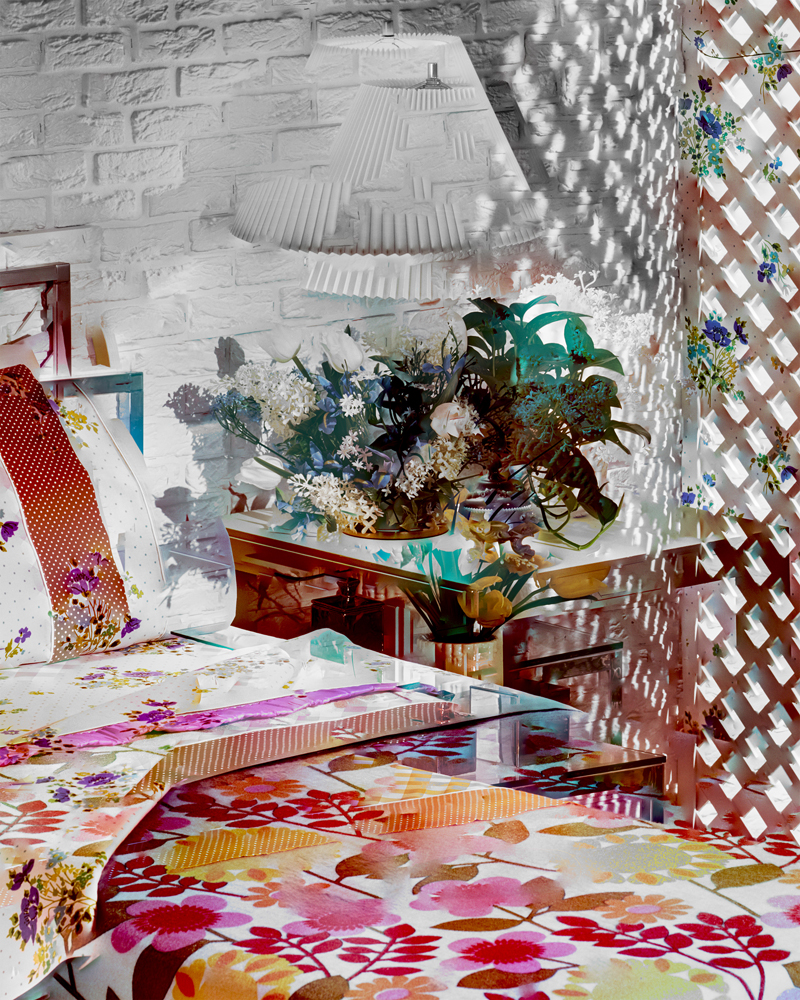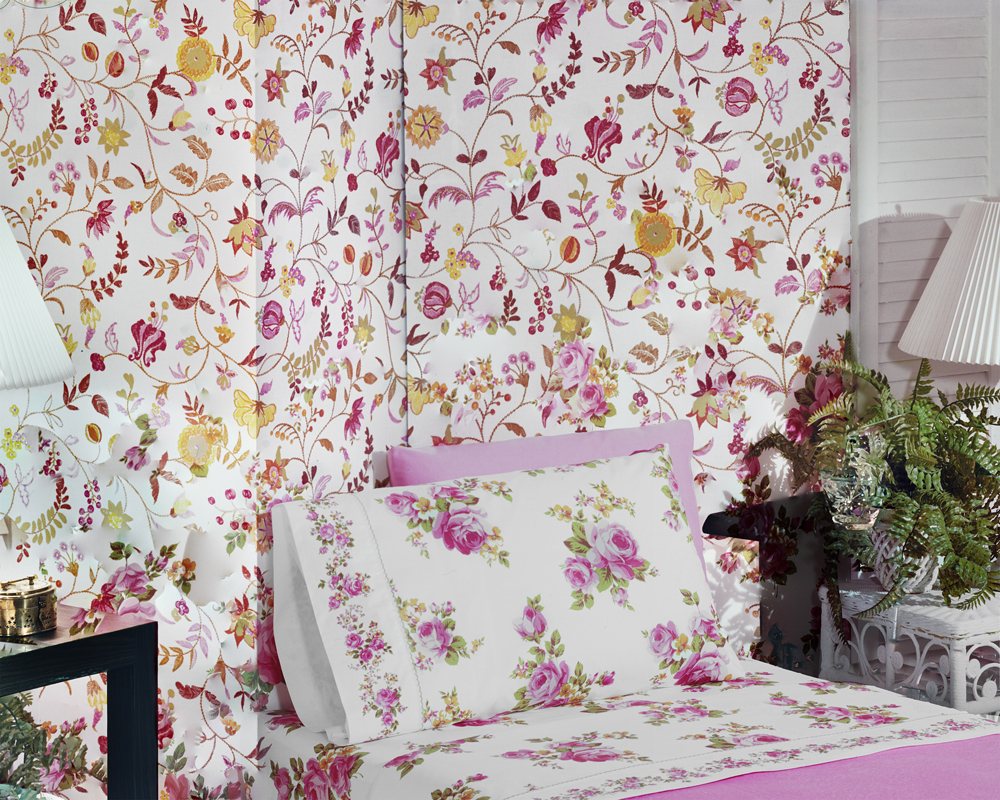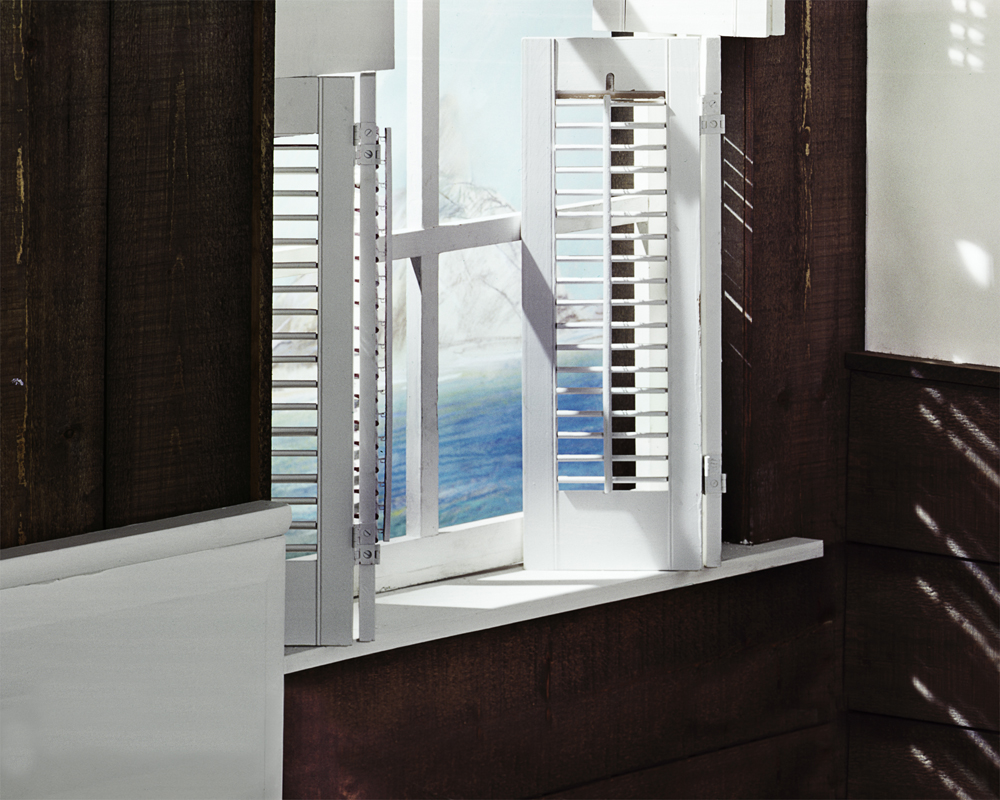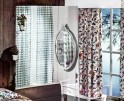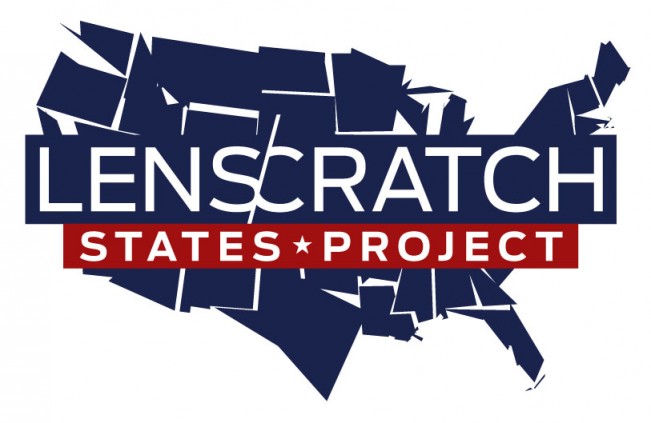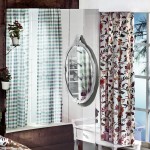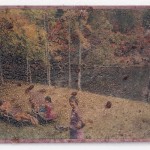Matthew Cronin: Dwelling
When I first saw Matthew Cronin’s series Dwelling, I felt a kinship. During my childhood, I lived on a property with an old hog barn that, rather than holding pigs was a collection of items from the previous owners. One of the piles that my family and I collected were the J.C. Penney catalogs. Living with a family of artists, we used these old catalogs for inspiration and collage work. I recognized so many of the fabrics and furniture from these seventies-era magazines. Cronin plays with these lost forms of media to reconstruct the somewhat ideal wishlist of homes from the time. While it focuses on a specific era, we can see the consumerist foundations in Dwelling continue as we scroll Instagram or TikTok today.
Matthew Cronin lives and works between Philadelphia and New York City. He holds an MFA in Studio Art from University of Texas at Austin as well as a BFA in Photography from Massachusetts College of Art and Design. Cronin’s process makes use of preexisting photographs which he reimagines through montage, multiple exposure, and alternate methods of scanning. His work has been exhibited internationally at galleries and museums including The Visual Arts Center, Austin; Institute of Contemporary Art, Boston; Back Gallery Project, Vancouver, Lydian Stater, New York; and at the Singapore International Photography Festival. His work has been featured in numerous publications such as Der Greif; A New Nothing Vol. 1; Fotomen China; and Humble Arts Foundation. He has participated in residency programs at the NARS Foundation and Wassaic Project. Cronin’s work can be found in the Ogden Museum of Southern Art’s permanent collection and in the archives at the Center for Creative Photography. In 2024 Cronin was named a Fresh Finalist by Brooklyn’s Klompching Gallery.
You can follow Matthew on Instagram at: @matthewcroninstudio
Dwelling
Dwelling reimagines photographs commissioned by J.C. Penney during the 1970s for use in their catalogs. Through montage and multiple exposure, I create new, speculative interiors that explore the relationships between comfort, class, and tradition. I weave these found photos, like so many fibers, into a cohesive whole—a fabric, a construction. Or perhaps, a fabrication.
Each photograph here is an invention; a lie. If one lingers for too long with a particular image, exiting that distracted mode of viewing—flip, flip, flip—that is so appropriate to a sales catalogue, the life-sized fictive tableaus begin to unravel. Objects cast no shadow, and shadows no longer correspond to nearby objects; patterns spill off fabrics and onto adjacent surfaces; walls, furniture, fixtures, and plants lose their materiality, bleeding onto, and into, one another. The soft white light and brilliant hues that at one time had enhanced the many items that populate the photographs has now become too saturated, too garish. Where they had once been intended to entice, conjuring up ready-made fantasies of suburban aspiration, these uncanny interiors now repel, as they reveal their artifice. Like the satisfaction promised by the advertisements that inundate our lives daily, the comfort that these alluring interiors initially promise slowly dissipates.
Epiphany Knedler: How did your project come about?
Matthew Cronin: Dwelling began in the months following a studio crisis in the summer of 2018. I was a graduate student at the University of Texas at Austin and was about to head into my second year of the program when I broke my camera on a shoot. Since undergraduate I had been working with a 4×5 field camera, and even though I was starting to experiment with alternative methods of post production, I found myself heading into my final year of graduate school without my primary picture-making tool.
I looked into replacing the camera, but it was completely out of my budget. Out of sheer desperation I started looking for replacement parts on eBay. Somehow, I typed the right combination of words in the search field, and I found myself staring at an ad for original 8×10 color transparencies used in retail catalogs. I was immediately struck by their familiarity, not as advertisements, but how what I saw reminded me of my grandmother’s home. It was at that point I decided to just buy the entire lot- nearly two thousand large format color transparencies.
To be clear- I had no idea what I was going to do with the pictures when they arrived. I thought maybe I could make a gridded installation of the repetitive compositions like the Bechers but ultimately felt that I needed to somehow visually transform the source material. After countless failed experiments, I ended up repurposing multiple exposure techniques from my previous project, where I was photographing atomic testing sites in New Mexico.
What was so interesting to me about these new pictures was the way conceptual themes of my previous work were coming through much clearer. It felt like I finally had the right set of tools and material to do what I wanted. After that, it was pretty much off to the races!
EK: Is there a specific image that is your favorite or particularly meaningful to this series?
MC: There are so many pictures that are meaningful to me, but the one that means the most to the series is Dwelling #8.
A major theme of the project is how in times of uncertainty there tends to be a return to tradition. By seeking out traditional values or aesthetics, people are attempting to find comfort in the stability of the familiar.
In the center of Dwelling #8 there are framed illustrations on the wall. These are reproductions from a Parisian fashion magazine called La Mode Illustrée. They are common images, still reproduced to this day.
However, what most people do not know is that Charles Baudelaire wrote about these kinds of fashion drawings in “The Painter of Modern Life and Other Essays”. In his writing, Baudelaire goes through great effort to defend these kitschy images as indicators of moral and aesthetic beauty. What is particularly important to me, and to my series, is that illustration on the left was appropriated for a painting by the artist Paul Cézanne in 1871.
Cézanne only made a few appropriation paintings during his career, all during this time where he was hiding from being drafted into the French army at the height of the Franco-Prussian war. It’s so fascinating to me that in a time of great personal and social unrest Cézanne was painting subjects so closely associated with stability and leisure.
This piece is so important to me because it represents a full circle moment for me. I am appropriating popular imagery to explore how comfort is shaped by familiar notions of tradition. I am using techniques that call to mind Cézanne’s still lifes. And in this picture is an illustration appropriated by Cézanne himself.
To me, it was a perfect match of process and content.
EK: Can you tell us about your artistic practice?
MC: Photography often appears to be a medium of pure reproduction. Light enters a lens and leaves its trace on the emulsion or sensor, seemingly reproducing the world as it is—a superimposition of one transparent reality onto another. Yet this process creates more than a simple copy. Like the reflection on a windowpane at night, it overlays and conceals, revealing a more complex picture to those who look closely enough.
As the tools for picture-making continue, so do the complexities of perception and realities of photographic representation. Images scrapped from the internet, commercial retail advertisements, and documentation of industrial equipment are not solely depictions of a given subject. They are malleable constructs, shaped by their production and the cultural context of their consumption.
My work builds on the idea that pictures are not fixed representations. Rather, they are dynamic entities that continuously blur the boundaries between external representation and personal sensorial experiences. Through optical and digital methods, reimagine pre-existing images to explore how the invisible functions of photographs shape collective understandings of art, politics, and culture.
EK: What’s next for you?
Well, I am working on a few different things. I just wrapped up my first site-specific installation, The Split Wall, which was incredibly exciting. I feel like that really opened some new ideas for me to pursue. I am really excited about working with abstraction in my newest project titled /ˈärdə,fak(t)/. But ultimately, I am looking to be in the studio and exhibit my work as much as possible.
Epiphany Knedler is an interdisciplinary artist + educator exploring the ways we engage with history. She graduated from the University of South Dakota with a BFA in Studio Art and a BA in Political Science and completed her MFA in Studio Art at East Carolina University. She is based in Aberdeen, South Dakota, serving as an Assistant Professor of Art and Coordinator of the Art Department at Northern State University, a Content Editor with LENSCRATCH, and the co-founder and curator of the art collective Midwest Nice Art. Her work has been exhibited in the New York Times, Vermont Center for Photography, Lenscratch, Dek Unu Arts, and awarded through the Lucie Foundation, F-Stop Magazine, and Photolucida Critical Mass.
You can follow Epiphany on Instagram at: @epiphanysk
Posts on Lenscratch may not be reproduced without the permission of the Lenscratch staff and the photographer.
Recommended
-
Matthew Cronin: DwellingApril 9th, 2025
-
Melissa Grace Kreider: i will bite the hand that feedsSeptember 25th, 2024
-
Taylor Hedrick: Sun FeltSeptember 23rd, 2024
-
Lisa Beard: Because It’s ThereSeptember 22nd, 2024
-
Angela V. Scardigno: Greetings from El ValleAugust 27th, 2024

